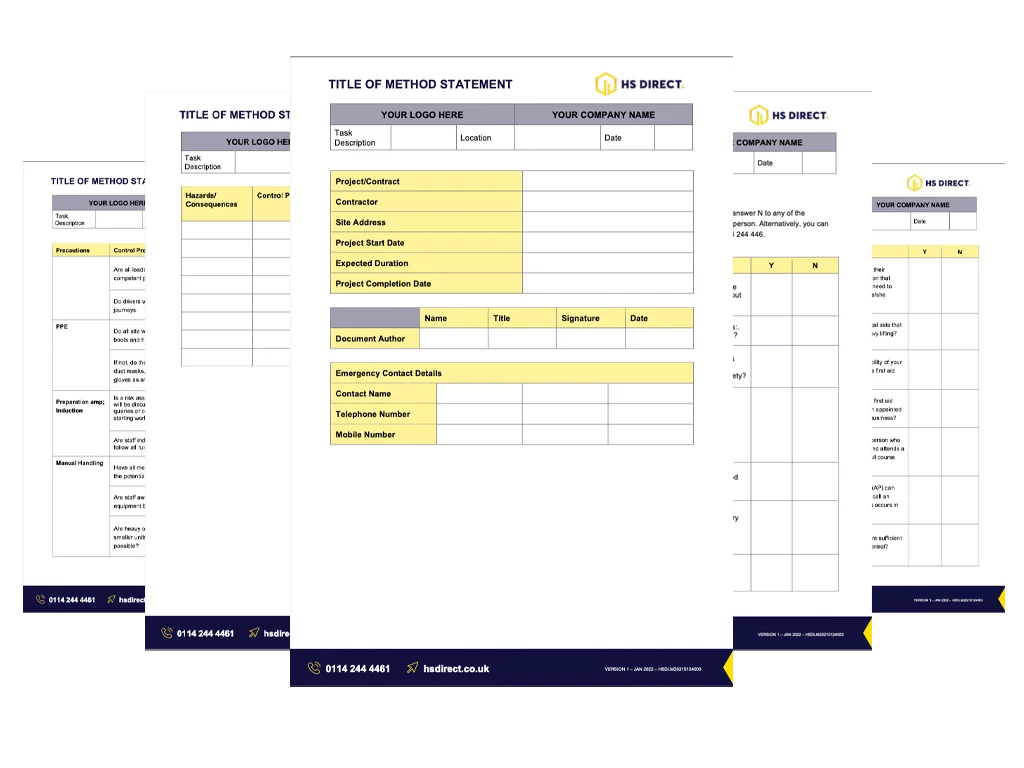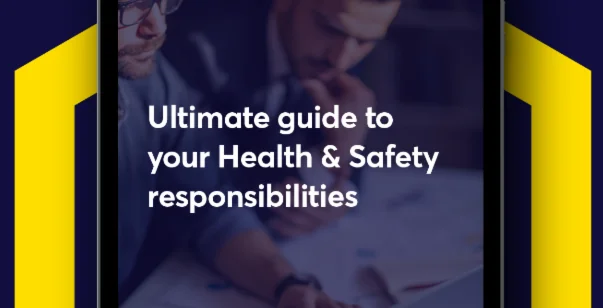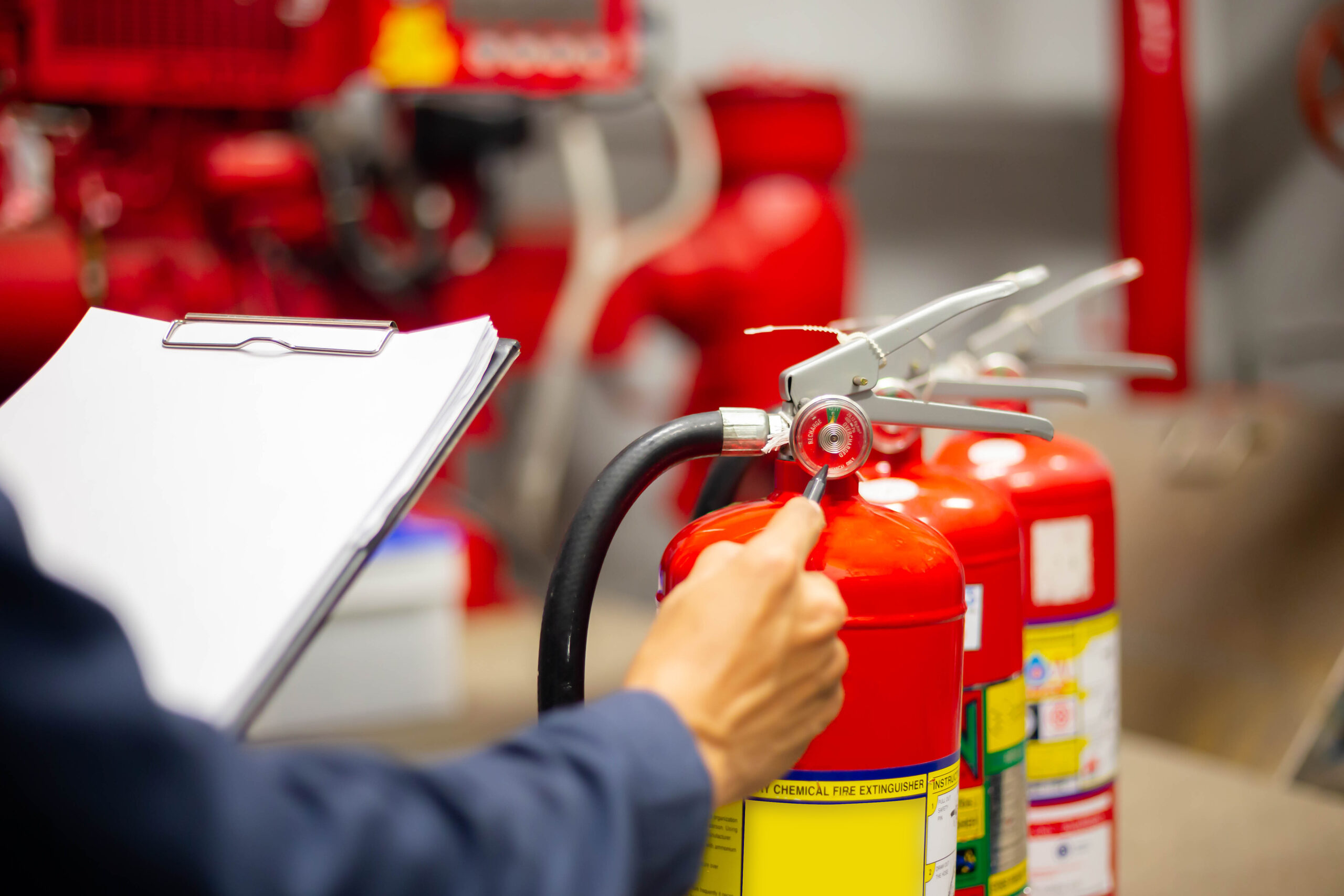Writing a method statement may seem like a daunting task, but once you understand what it is, what it’s used for, and how you need to implement it into your business, it should become second nature. To make sure you cover everything in your business’ method statements, our experts have answered some of the most common key questions – so, by the end of this article, you should feel confident when filling out yours.
The importance of getting your method statement right
A method statement provides detail and information about safety measures that need to be taken when carrying out a task or project. Your staff members who are carrying out the job will use the method statement to understand the requirements. They help protect site visitors, your employees and project managers from any hazards containing associated risks. Therefore, clear communication in the method statement is important, so that the job is completed safely and correctly.
Who writes a method statement?
Method statements are essential documents and are often written by a responsible person, who is appointed by you. This person must be competent and familiar with the working procedures that will be taking place. Once written, the document will need to be shared with all your employees so that they have access to the right information about how a task should be carried out.
It will make sure that the safety of anyone who could be affected by any work taking place is prioritised. They set out clear steps for everyone involved to follow, including special measures like how to act if any part of a building needs to be closed temporarily or if power needs to be isolated.
Businesses that can show they have high-quality safety measures in place and can provide method statements to back that up often have a competitive edge when it comes to tendering.
Tips for writing a method statement
Writing a method statement might seem like a daunting task, but it doesn’t have to be. We offer a variety of templates which can help you to structure your method statement and we have also outlined some key areas below so you can get a feel for what you should include:
Things to include in your method statement
- A title e.g., ‘Work Method Statement’ or ‘Standard Operating Procedure’
- Your company details (logo, name, address, etc.)
- A brief description of the work you’re going to be carrying out
- The project start and completion date
- Site address
- Site contact details including emergency details
- Document details, i.e., author, document number, issue date, revision date, revision number, etc.
- Referencing other associated documents such as the risk assessment
- Staff and training
- Permits to work
- Machinery shutdown and lock-off procedures
- Site access and egress
- Material handling / PPE
- Scaffold and access to height
- Background and preparation
- Monitoring and management arrangements
- Welfare and first aid arrangements
- Emergency procedures
Your method statement doesn’t need to be too long but it does need to include all the relevant information and needs to communicate it with your workforce so they can carry out the work safely. We suggest making the document short and concise so that it is easy to follow. You may also wish to use pictures or diagrams to help highlight certain steps in the process. If you would like help with your method statement, you can download one of our free method statement templates to help you get started.
Check out our range of method statement templates

If you need support with writing your method statement we have a huge variety of templates to help you. We offer blank method statement templates that can be tailored to a variety of tasks. We also have an extensive range that have been created specifically for various different industries, from electrical method statements to interior decorating method statements. This will help you save time and provide all the detaisl you need to follow processes safely and correctly.
You can browse our full range of method statements below:
Get in touch for our expert advice
With decades of HR and Health & Safety experience, our experts have supported over 8000 clients nationwide with getting their policies, procedures, and overall compliance in check.
Not only can we provide you with a whole host of free Health & Safety templates, but our experts can actually complete some of your documents for you – including your method statements! To find out more, just get in touch with our team by calling 0114 244 4461 or fill out our call-back form and we’ll get back to you. You can also use our free method statement template to help set you off along the right lines.








